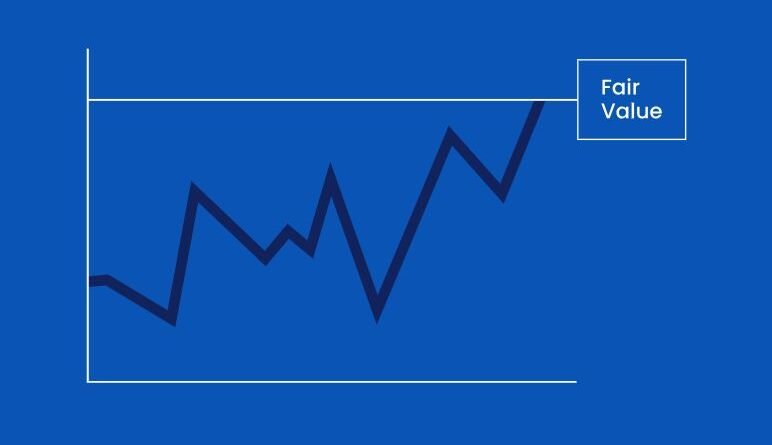Introduction to fundamental analysis
Intermediate List
- Introduction to fundamental analysis
- Economic indicators and announcements
- Consumer Price Index (CPI)
- Gross domestic product (GDP)
- Inflation
- Non-farm payroll (NFP)
- Central banks
- Company analysis
In this course, we’re going to cover everything you need to know about fundamental analysis – one of the two main methods of researching opportunities, alongside technical analysis.
What is fundamental analysis?
Fundamental analysis is a method of evaluating the markets that uses multiple data sources to find an asset’s fair value. Unlike technical analysis, which looks purely at price action, it builds up a holistic picture of a security’s strengths and weaknesses.
You’ll often hear fundamental analysis mentioned as a method of finding stocks to buy. But in truth, it is used by traders in multiple different asset classes.
In forex, for example, a fundamental trader would examine any data that is likely to have a significant bearing on the price of a currency pair, such as economic data, political factors or even the impact of natural disasters.
Fundamental traders don’t just look at data randomly, though. They try to assess a market’s fair value, so they can see whether it is currently underpriced or overpriced.
Fundamental analysis and fair value
Fundamental analysis is based on the idea that each asset has a fair value – and that while the markets may temporarily overprice or underprice an asset, eventually its price should normalize to that fair value.

Say you analyze a company and decide that it is worth more than its current share price. You can buy its stock, then sell it once its price ‘catches up’ to the value you have attributed to it.
There are countless factors you could consider in deciding your fair value for a currency. You might look at economic releases, central bank actions, retail consumption, and more.
Drawbacks of fundamental analysis
Fundamental analysis provides a great way of familiarizing yourself with your chosen asset classes and sectors – and can help you find profitable opportunities. But there are two main issues you should be aware of.
The first is that there is no guarantee that your chosen market will gravitate towards its fair value, even if you research it thoroughly. For one thing, an entirely unpredictable event – such as a natural disaster, or scandal – could wreak havoc on both your asset’s price and your estimate of fair value.
Or, the market may remain irrational in its pricing for longer than you can keep your position open.
The second is the vast amount of data at play across the global markets. With so much to consider, how do you decide what is worthwhile and what isn’t?
One method of overcoming this issue is to take a top-down approach. Start by looking at the overall economy, before deciding which markets may be overvalued or undervalued. Then, take a look at the specific factors surrounding a handful of assets so you can take your position.
Important factors in fundamental analysis
As we’ve seen, the sources available to a fundamental trader are vast and varied. However, there are a few that are more important than others:
Central bank announcements
Central banks can be a cause of significant volatility across most asset classes. Their most important action is to raise or lower interest rates, which can have a big impact on currencies, stocks, indices, and more.
However, fundamental analysts will also watch for new monetary policies (hints that a central bank’s stance may change in the near future), asset purchases, currency revaluations, changes to personnel, and so on.
Economic data
Almost every asset is affected by its wider economy, so fundamental traders will look for signs that an economy is growing or shrinking.
The key indicator of economic growth is gross domestic product (GDP), which calculates the sum of goods and services produced within an economy. However, employment and production reports are also important.
Inflation
Another key economic factor is inflation. Inflation occurs when the purchasing power of a given currency decreases, and central banks usually have the job of keeping it in check (while avoiding deflation).
Inflation doesn’t just affect forex; bonds, commodities, stocks, and indices will all usually experience volatility from it.
Politics
Political change within a country can play out across financial markets. A new president, for example, might make life harder for businesses or invest heavily in new infrastructure.
Geopolitics, too, can be important. For instance, increased conflict in the Middle East can put a strain on the world’s oil supply, driving up its price. As a result, businesses that rely heavily on oil may see their profits weaken.
Natural disasters and seasonality
These two factors may seem unrelated to the markets, but will often drive volatility across multiple assets.
Natural disasters can bring headwinds for businesses and economies, as well as affecting the supply chains of various commodities. Seasonal weather issues can do the same.



Pingback: Company analysis – EasyPips
Pingback: Economic indicators and announcements – EasyPips
Pingback: Consumer Price Index (CPI) – EasyPips
Pingback: Inflation – EasyPips
Pingback: Non-farm payroll (NFP) – EasyPips